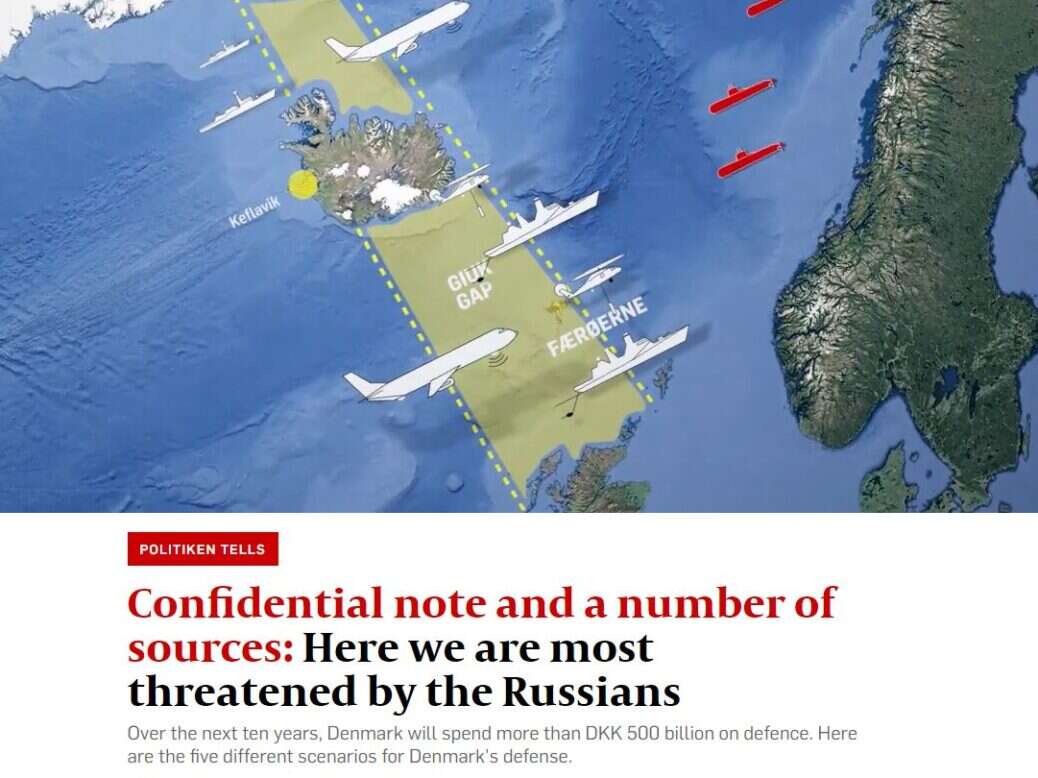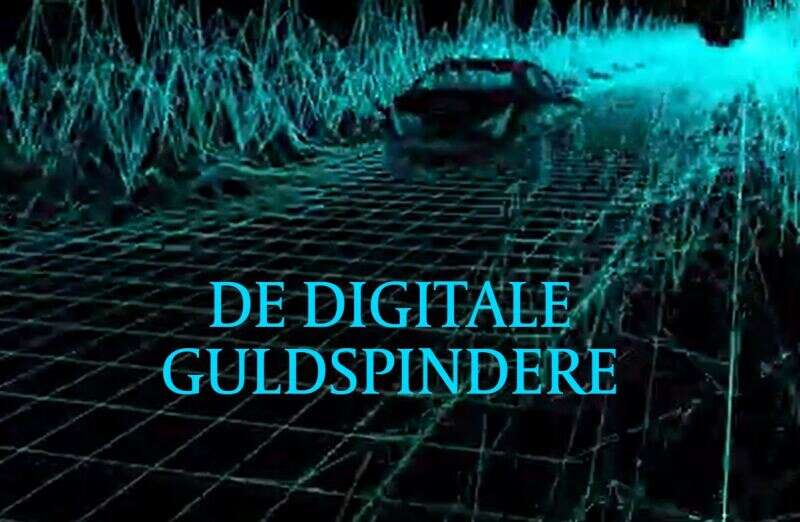[ad_1]

Denmark’s biggest-selling national newspaper, Politiken, has boosted engagement and page views with the creation of what it calls “super articles”.
These online features use all the features of its CUE content management system to create articles which incorporate images, video, graphics, animations, pictures and video.
Over the last two years, Politiken’s digital storytelling group has published about 100 super articles. On average a super article records triple the amount of page impressions – about 12,000 compared to about 3,800 for all other articles published by the newsbrand.
Engagement metrics are also through the roof, as is the likelihood for readers for readers to be persuaded to take out a subscription in order to read the pieces.
Politiken has been in publication since 1884. Alongside a daily broadsheet it publishes rolling news at politiken.dk, which sits behind a paywall. The title has long put visual storytelling at the heart of its output and in 2017 established a six-strong specialist digital storytelling team to drive innovation.
The team was inspired by the New York Times Pulitzer Prize-winning feature article Snowfall, published in 2012, which was widely seen as a watershed moment for digital journalism with its multimedia approach to storytelling, incorporating images, video and graphics with chapters of text.
“We decided that we wanted to do more of it and we wanted to make it possible for many more people to do it in the newsroom,” says Politiken digital director Troels Jorgensen.
The digital storytelling team is led by editor Johannes Andersen, who describes it as a “nexus for cooperation between the visual departments and the journalists at the newspaper”.

Digital beauty: Storytelling is key
But what is “digital beauty” and how does the team at Politiken achieve it?
“A lot of people talk about digital beauty being just the result of some technical functions,” says Andersen. “I think it’s very important to state that you can’t really make digital beauty without having the whole workflow made for it.
“Basically you can’t just sprinkle some nice crisp digital artwork on top of an ordinary news article. If you do that you will not create digital beauty, you’ll just create visual beauty combined with text – and that’s not full digital beauty.”
He adds: “Storytelling is key – that is indeed true – but the workflow should adapt to it. You should always have your workflow designed according to the actual storytelling you want to do because you cannot sprinkle digital beauty on top of something, that doesn’t work.”
Andersen says at Politiken “everything starts with the idea”. “From the idea we try to involve all sorts of different people in the newspaper – it could be the infographic department, staff photographers, the journalists, editors and so on. So we co-create the stories.”
Politiken calls these stories that strive for digital beauty and maximum reader engagement “super articles”. They are built from a workflow and template that Politiken created itself in CUE, a headless CMS platform from StiboDX. Adding so-called “super elements” to an article in the CMS transforms it into a super article, adding white space at the top and bottom, background media that sits behind the text, interactive video that moves as the reader scrolls, and other multimedia elements.
This super-articles template has allowed Politiken to quickly put out digital stories that “unleash the beauty” of its digital journalism and has opened up new creative possibilities, says Andersen.
“Before we launched the super article back in 2017, video was something that was in a frame on the website, just like you will see on YouTube or on television. Now video is just another form of illustration,” that he says can be used to build a narrative or to set the visual mood of the story.

An even better canvas for photography digitally
Graphic design, data and infographics can become interactive, reacting as readers scroll. “Instead of having a graphic and a text again, we try to integrate it”, says Andersen. “Suddenly the graphic design actually plays a role in the story, it’s not just the frame to place it in anymore.”
And this new approach to digital journalism, one which strives for beauty, has actually changed the language around photography in the newsroom.
“We always valued photography,” says Andersen. “Politiken is a broadsheet newspaper; it’s this large canvas and it’s almost poster size when you take the whole newspaper. But what we tried to do is create an even better canvas for photography digitally.
“And this not only influenced the way we see photography as an integrated part of our stories… we actually managed to influence the whole language of how we do bigger stories digitally, by writing directly to and on the images.”
This change in perspective began within the digital storytelling team at Politiken, but is now widely used across the newspaper. “A good template for digital storytelling can unleash the creativity of the whole organisation by creating a good example from the expert group,” says Andersen.
But it’s not simply a matter of digital beauty for beauty’s sake. Jorgensen, digital director at Politiken, is clear: “We wouldn’t do this if it didn’t matter to the business.”
Driving engagement, loyalty and subsriptions
Politiken’s own in-house engagement metric, which is visible to every journalist and is based on a number of different KPIs fed into an algorithm, scores articles out of six.
“We see a super article engagement score, on average, of 5.4 compared to 2.8 on all of our other productions,” says Jorgensen. “The sales are better too,” he adds. Politiken sits behind a strict paywall, with readers prompted to pay for individual articles through a digital wallet or sign-up to a subscription package.
“On average, [super articles] perform a lot better on sales from people coming to the page, seeing the stop sign and converting into a customer,” says Jorgensen. “Some of them are really, really good at creating single article sales, but on average [they do] a lot better than the [standard] article.”
In fact he says that publishing just one super article during the weekend “could save the whole weekend digital sales on politiken.dk. So why then produce 70 other stories? What is worth more?”
And it’s not just acquisitions, super articles are making an impact on retention too.
“We have a loyalty score, and it’s also a one to six score. And if we look at the data on our subscribers and assign a score to them as to how loyal they are, we see that subscribers who’ve read at least one of these super articles during the last 30 days have a much higher loyalty [score] compared to the average of all of our subscribers,” says Jorgensen.
“So I’d say in total, we’re really happy with the effect of doing this, not just from a data perspective and business perspective, but mostly because it drives innovation in the newsroom. The fact that Johannes’ group is able to inspire and show off stuff that is possible within CUE CMS, or within digital storytelling… makes people want to try it out.”
Click here to find out more about CUE by StiboDX, the CMS powering digital beauty at Politiken.
Email pged@pressgazette.co.uk to point out mistakes, provide story tips or send in a letter for publication on our “Letters Page” blog
[ad_2]
Source link
